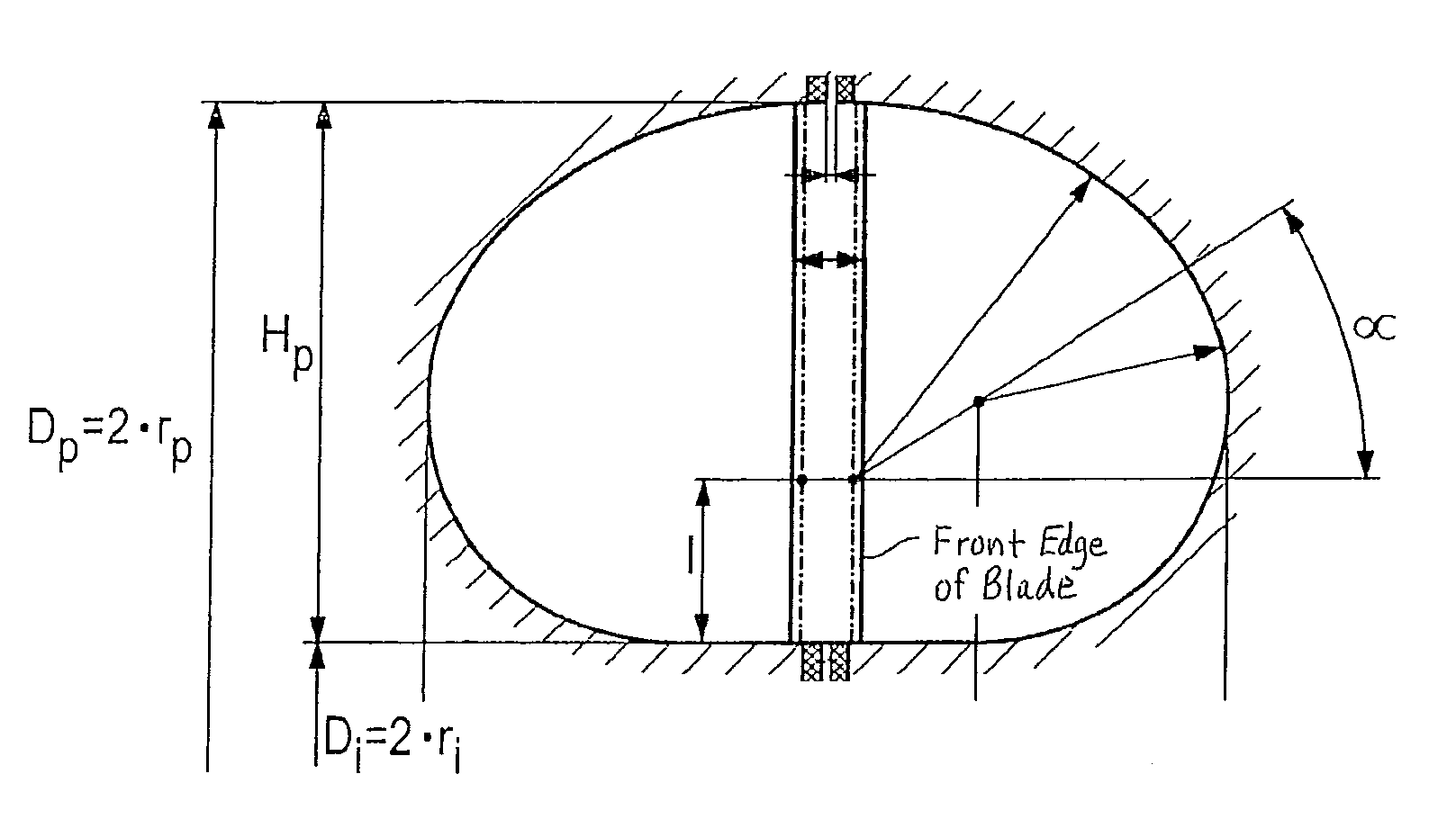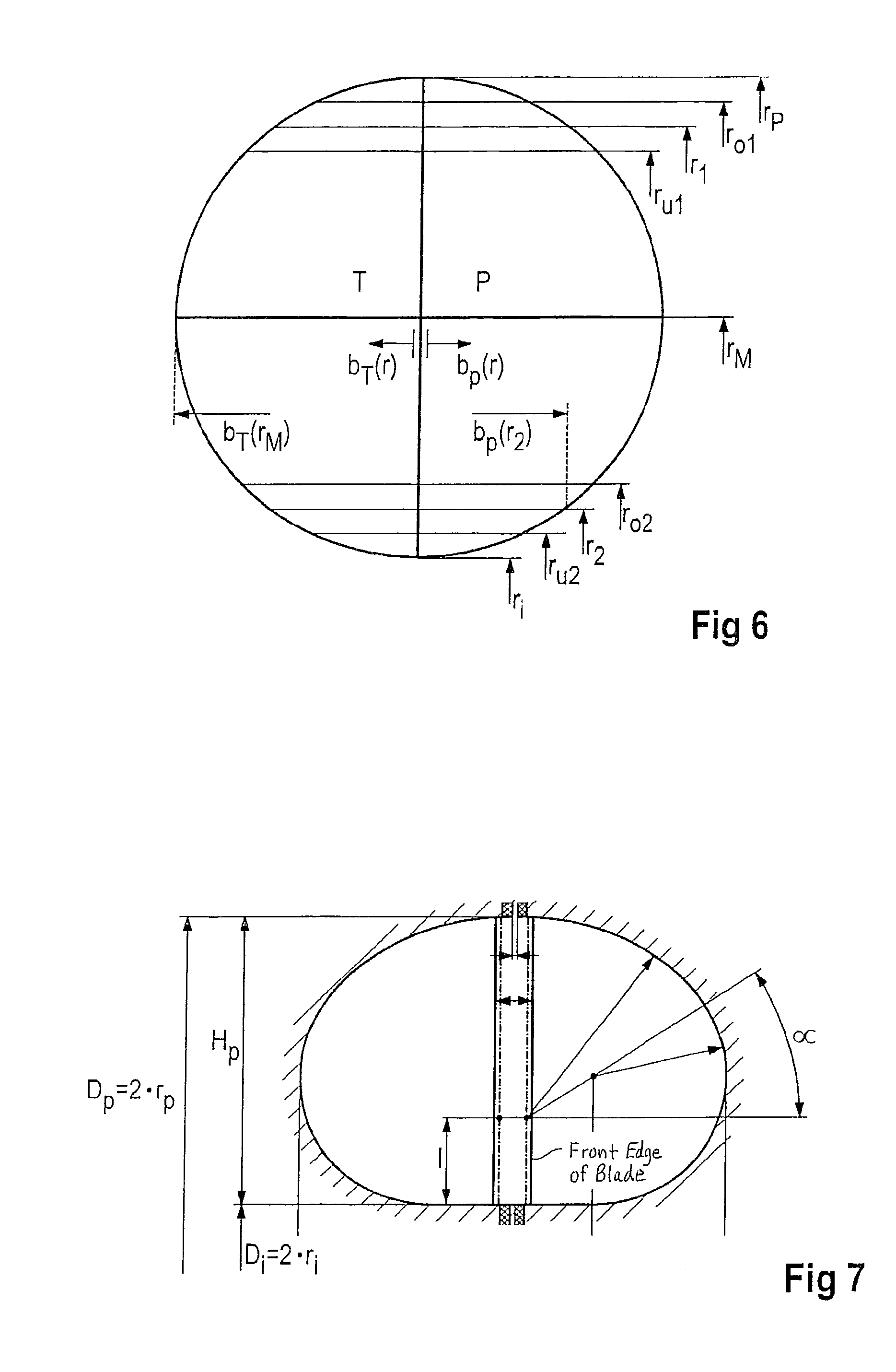Hydrodynamic coupling
- Summary
- Abstract
- Description
- Claims
- Application Information
AI Technical Summary
Benefits of technology
Problems solved by technology
Method used
Image
Examples
Embodiment Construction
[0041]Referring now to the drawings, and more particularly to FIG. 1, FIG. 1 was already explained above. With the inventive hydrodynamic coupling, it is possible to attain a λ progression or torque progression over slip or speed ratio, beginning at 100 percent slip, initially along the solid line, then along the dot-dash line, and finally along the dashed line. In the past only the progression along the solid line or along the dashed line was possible.
[0042]FIG. 2 depicts the axial component and the circumferential component of the working medium flow from impeller 1 into turbine wheel 2 at 10% slip and at 100% slip. The dashed line indicates the convexity 4 in the turbine wheel. The impeller blades and turbine blades for impeller 1 and turbine wheel 2 are indicated with 1.1 and 2.1 respectively. The two perpendicular arrows on the left and right in FIG. 2 indicate the direction of rotation for impeller 1 and turbine wheel 2.
[0043]This figure depicts in particular the effect of the...
PUM
 Login to View More
Login to View More Abstract
Description
Claims
Application Information
 Login to View More
Login to View More - R&D
- Intellectual Property
- Life Sciences
- Materials
- Tech Scout
- Unparalleled Data Quality
- Higher Quality Content
- 60% Fewer Hallucinations
Browse by: Latest US Patents, China's latest patents, Technical Efficacy Thesaurus, Application Domain, Technology Topic, Popular Technical Reports.
© 2025 PatSnap. All rights reserved.Legal|Privacy policy|Modern Slavery Act Transparency Statement|Sitemap|About US| Contact US: help@patsnap.com



